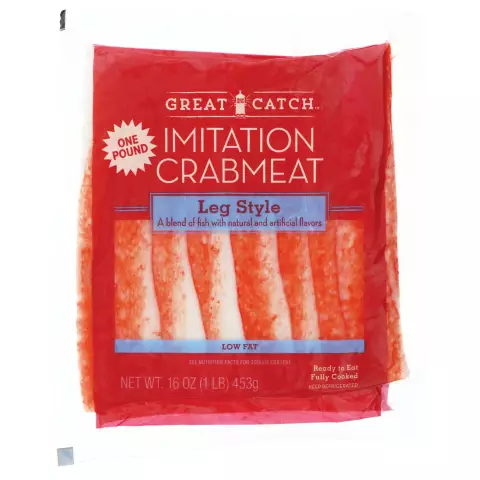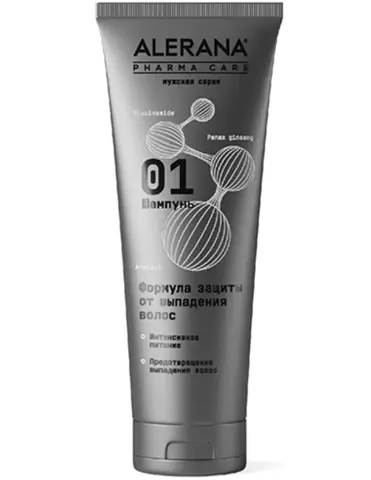- Author Rachel Wainwright [email protected].
- Public 2023-12-15 07:39.
- Last modified 2025-11-02 20:14.
Crab sticks

In our country, crab sticks appeared relatively recently - in the 90s of the last century. In those days, this product was considered exotic, since many people did not try crab meat at all. Thus, the feeling was created that you were eating delicious, unusual and healthy seafood.
But time passes, and nothing stands still. Today, crab sticks can be seen on the shelves of every store, and housewives love them for their ease of storage, low price and quick preparation of various dishes from them (mainly salads and various rolls). If earlier dishes were prepared from crab sticks mainly only for the festive table, today no one will be surprised if they will be served for breakfast, lunch or dinner. Often, due to their low calorie content, crab sticks are an excellent snack, especially if there is not enough time to prepare meals. Therefore, it becomes clear that when they became something commonplace, people began to ask questions: what is the composition of crab sticks and are they not harmful to our body?
So let's look at these issues.
Composition of crab sticks
Sadly, natural crab meat is not used in the production of crab sticks. They are made mainly from minced fish, as well as starch and soy protein. In general, before buying them, it is recommended to carefully read the reverse side of the packaging and check for the presence of natural ingredients, since today there are a huge number of fakes.
So, crab sticks are composed of minced fish (surimi), drinking water, egg white, starch, deodorized vegetable oil, salt and sugar. During their manufacture, stabilizers, flavor enhancers and colorants are also added, which in small quantities cannot harm health.
Surimi is made from freshly caught ocean fish with white meat that is high in density and low in fat. Basically, these are fish of cod species (blue whiting, hake, pollock). In the production of minced meat, fish fillets do not undergo heat treatment, therefore, trace elements and vitamins are preserved in it, but in insignificant quantities.
Some claim that surimi is made from fish waste, but this is not the case. Fish meal is made from fish heads, bones, skins and entrails. And for the production of minced fish, only fillets are used, which are repeatedly crushed and washed with clean water. After such processing, only insoluble proteins remain in the minced meat.
After, to remove excess moisture, the resulting product is passed through a centrifuge. The result is a plastic white mass that is odorless and colorless. Salt, starch, sugar, vegetable oil, egg white and stabilizers are added to this mass. With the help of flavor enhancers and flavorings, the minced meat is given a crab flavor, and paprika, carmine and other dyes are added to obtain color. When buying sticks, make sure that natural dyes are indicated on the packaging. High-quality crab sticks are painted very neatly and only on the outside.
The weight of one crab stick is about 25 g. Nutritional value per 100 g of product is: 17.5 g of proteins, 2 g of fat. The calorie content of crab sticks is low, about 85-90 kcal per 100 g of product.

The composition of crab sticks also contains water, vitamin PP and minerals: chlorine, zinc, chromium, fluorine, molybdenum, nickel.
Benefit and harm
Crab sticks have little benefit as they are not a natural product. Mostly all the minerals, vitamins and healthy fats that make up the base, that is, fish fillets, disappear during processing, and only fish protein remains.
Well, they can still cause harm, especially if you buy a low-quality product. It is enough just to see the following food additives on the packaging: E420, E450, E171, E160, which can often cause an exacerbation of certain chronic diseases and the occurrence of allergic reactions.
In addition, microbiological contamination can play an important role here, because this product is not subjected to heat treatment before use, and, therefore, the presence of harmful microorganisms is not excluded.
Therefore, it is better to purchase crab sticks in packaging, which must contain information about the manufacturer and composition, storage conditions and shelf life. It is recommended to defrost them at room temperature, otherwise the meat may lose its juiciness.
Undoubtedly, crab sticks are not the most useful product for our health, but if they are not abused, they will not bring harm either.
Found a mistake in the text? Select it and press Ctrl + Enter.






